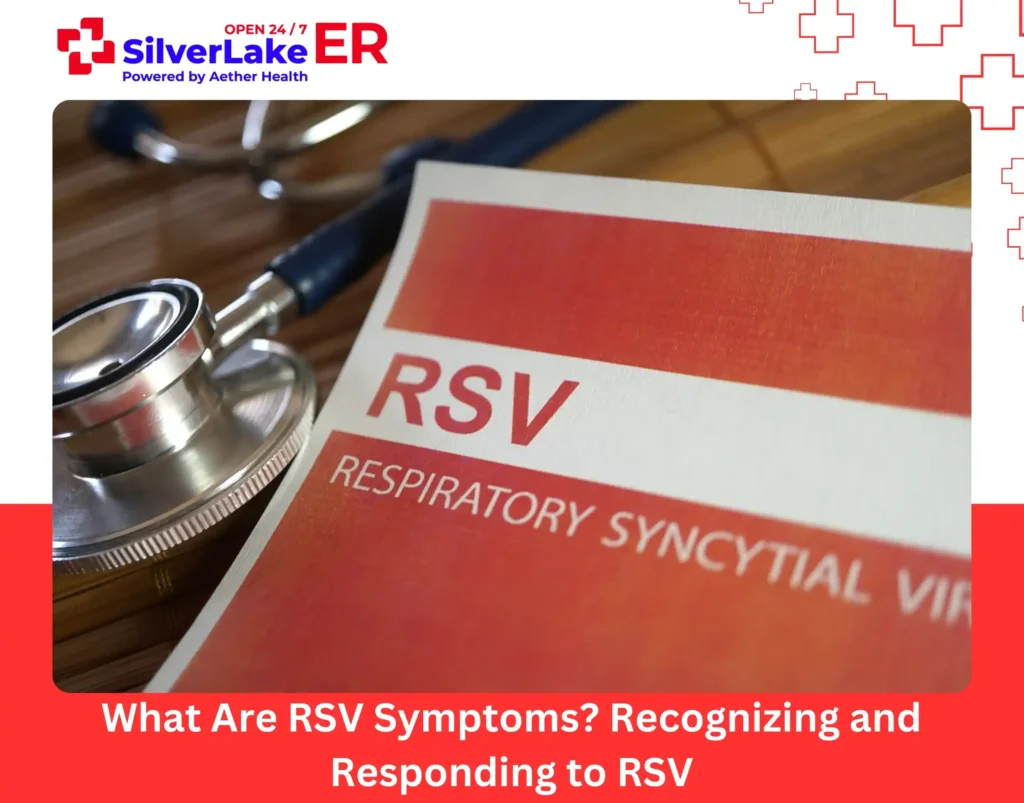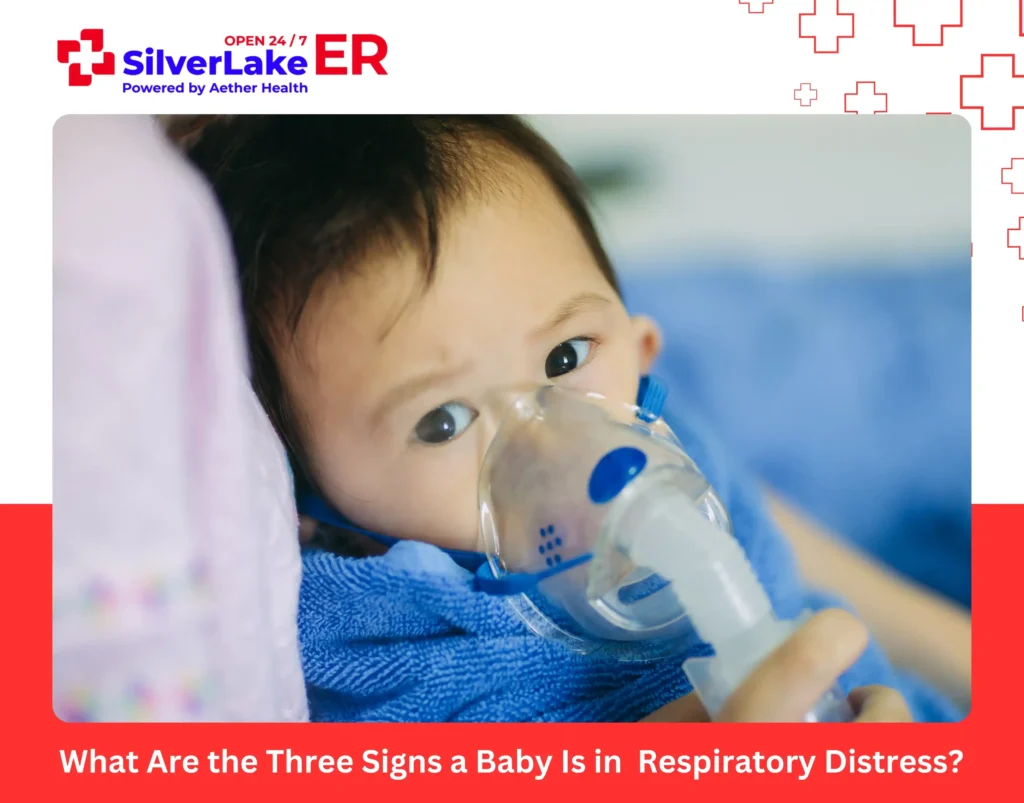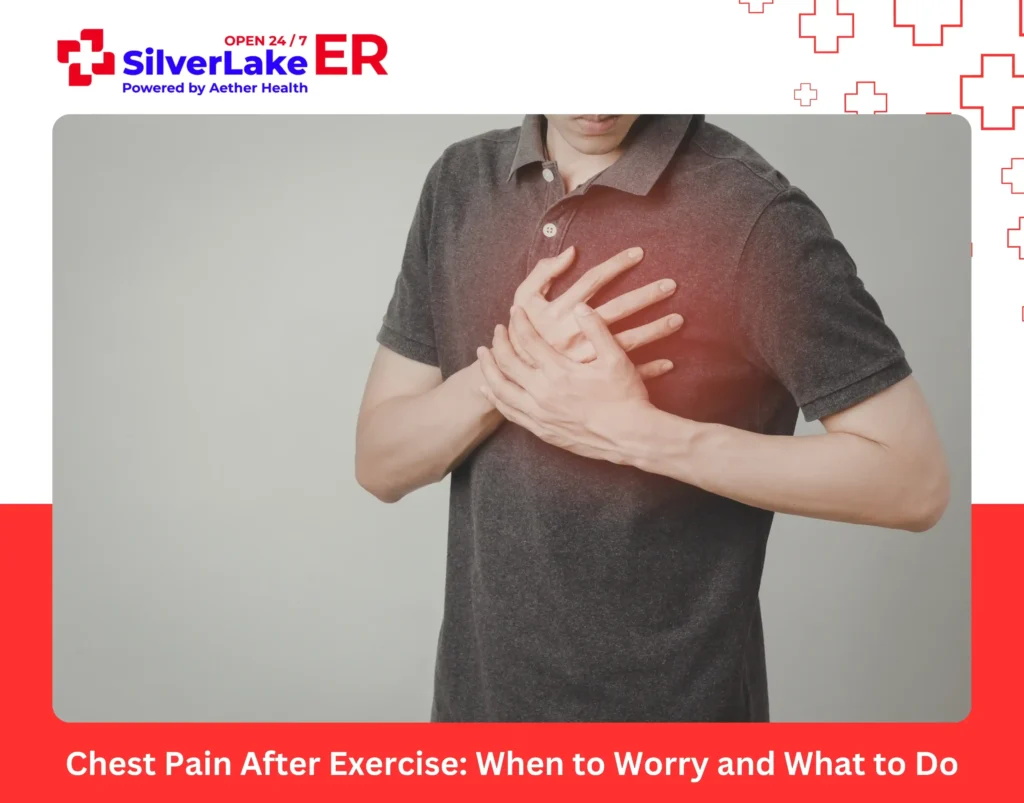Almost everyone experiences abdominal pain at some point in life. Sometimes it’s harmless, such as indigestion after a heavy meal, while other times it’s a sign of a serious condition like appendicitis or gallstones.
Because the abdomen contains many organs — stomach, liver, intestines, kidneys, gallbladder, pancreas, and reproductive organs — pinpointing the exact cause can be challenging. That’s where an abdominal pain chart helps. By identifying the location of discomfort, you can narrow down possible causes and know when to seek medical help.
Abdominal Pain Chart (Visual Guide)
This chart highlights common abdominal pain locations — right, center, and left — along with typical conditions associated with each.

What Pain in Each Abdominal Area May Indicate
1. Right Upper Abdomen
- Possible causes: Gallstones, gallbladder inflammation (cholecystitis), liver disease (hepatitis), stomach or duodenal ulcers.
- What to look for: Pain after fatty meals (gallbladder), yellowing of skin/eyes (liver), or burning pain (ulcers).
- Action: See a doctor if pain is persistent, severe, or linked with nausea/vomiting.
2. Center Upper Abdomen (Epigastric Area)
- Possible causes: Heartburn, indigestion, hiatal hernia, gastritis, stomach ulcer, pancreatitis.
- What to look for: Burning pain after meals (acid reflux), sharp pain radiating to the back (pancreatitis).
- Action: Seek urgent care if pain is sudden, intense, or accompanied by vomiting blood.
3. Left Upper Abdomen
- Possible causes: Gastritis, functional dyspepsia, pancreatitis, stomach ulcers.
- What to look for: Pain worsened by food (ulcers) or radiating to the back (pancreatitis).
- Action: Chronic or severe pain in this area requires medical evaluation.
4. Right Lower Abdomen
- Possible causes: Appendicitis, kidney stones, kidney infection, constipation, inflammatory bowel disease (IBD).
- What to look for: Sharp, worsening pain with fever or nausea (appendicitis).
- Action: Go to the ER immediately if appendicitis is suspected.
5. Center Lower Abdomen
- Possible causes: Bladder infection, prostatitis (in men), diverticulitis, IBD, inguinal hernia, gynecological causes (in women).
- What to look for: Burning with urination (UTI), groin bulge (hernia), pelvic cramps (gynecological).
- Action: Persistent or severe pain, especially with fever, requires a doctor’s evaluation.
6. Left Lower Abdomen
- Possible causes: Constipation, IBD, irritable bowel syndrome (IBS), kidney stones, hernia, gynecological pain.
- What to look for: Cramping, bloating, or changes in bowel habits (IBS/IBD).
- Action: See a doctor if pain is severe, recurrent, or associated with blood in stool.
When to Seek Emergency Care for Abdominal Pain
Seek immediate medical attention if abdominal pain is:
- Severe or sudden in onset
- Accompanied by fever, vomiting, or fainting
- Associated with chest pain or shortness of breath
- Linked with jaundice (yellow skin/eyes)
- Accompanied by blood in stool or vomit
Managing Mild Abdominal Pain
For non emergency cases, management may include:
- Rest and hydration for minor stomach upsets
- Over the counter antacids for indigestion or reflux
- High fiber diet to relieve constipation
- Avoiding trigger foods such as spicy or fatty meals
- Heat therapy for menstrual cramps
Always consult a doctor if symptoms persist or worsen.
Final Thoughts
An abdominal pain chart is a helpful tool for understanding possible causes of stomach discomfort based on pain location. While many cases are minor and resolve with simple care, abdominal pain can also be a sign of serious conditions like appendicitis, gallstones, or pancreatitis.
If you experience sudden, severe, or unexplained abdominal pain, seek medical care immediately. Early diagnosis can prevent complications and provide faster relief.
Frequently Asked Questions (FAQs)
1. How can I tell if abdominal pain is serious?
If pain is severe, sudden, or accompanied by fever, vomiting, or fainting, it may be serious and requires urgent medical care.
2. Can stress cause abdominal pain?
Yes. Stress and anxiety can trigger stomach discomfort and worsen conditions like IBS.
3. Does the location of pain always show the exact cause?
Not always. Pain can be “referred” from another organ, which is why a doctor’s evaluation is important.
4. Can constipation cause abdominal pain that mimics serious conditions?
Yes. Constipation can cause cramping and sharp pains, but persistent or worsening symptoms should not be ignored.
5. Should I see a doctor for recurrent mild abdominal pain?
Yes. Even if pain is mild, frequent recurrence may indicate underlying digestive or urinary issues.



